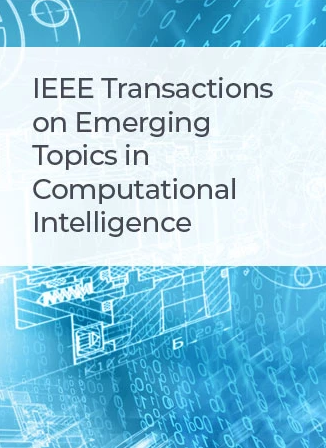The Impact of Mental Activities and Age on Brain Network: An Analysis From Complex Network Perspective
IF 5.3
3区 计算机科学
Q1 COMPUTER SCIENCE, ARTIFICIAL INTELLIGENCE
IEEE Transactions on Emerging Topics in Computational Intelligence
Pub Date : 2024-04-02
DOI:10.1109/TETCI.2024.3374957
引用次数: 0
Abstract
The functional connections in the human brain offer many opportunities to explore changing dynamic patterns of the brain under different circumstances. Different factors such as age, mental activity, and health status may affect functional connectivity, connected regions, and the robustness of connections in the brain. In this study, we evaluate the functional connectivity of the whole brain changing with age from a complex network perspective during different processes in healthy adults. We conducted a functional Magnetic Resonance Imaging (fMRI) study that includes both resting and cognitive states with elderly and young participants (n = 38). To analyze the functional connectivity structure in view of graph theory, we used the minimum dominating sets (MDS) and then minimum hitting sets (MHS) of the connectivity networks. Based on our analysis, age, and mental activity show a significant effect on the hitting sets and dominating sets of the brain regions. The results also indicate that the working mechanism of the brain changes from local to diffused under the circumstances of a particular computational load with age. In this manner, the proposed method can be used as a complementary method for clinical procedures to evaluate and measure the effect of aging on the human brain.智力活动和年龄对大脑网络的影响:复杂网络视角下的分析
人脑中的功能连接为探索大脑在不同情况下的动态变化模式提供了很多机会。年龄、心理活动和健康状况等不同因素可能会影响大脑的功能连接、连接区域和连接的稳健性。在本研究中,我们从复杂网络的角度评估了健康成年人在不同过程中全脑功能连接性随年龄的变化。我们进行了一项功能磁共振成像(fMRI)研究,其中包括老年和年轻参与者(38 人)的静息和认知状态。为了根据图论分析功能连接结构,我们使用了连接网络的最小支配集(MDS)和最小命中集(MHS)。根据我们的分析,年龄和心理活动对脑区的命中集和支配集有显著影响。结果还表明,随着年龄的增长,大脑的工作机制在特定计算负荷的情况下会从局部变为扩散。因此,所提出的方法可作为临床程序的补充方法,用于评估和测量衰老对人脑的影响。
本文章由计算机程序翻译,如有差异,请以英文原文为准。
求助全文
约1分钟内获得全文
求助全文
来源期刊

IEEE Transactions on Emerging Topics in Computational Intelligence
Mathematics-Control and Optimization
CiteScore
10.30
自引率
7.50%
发文量
147
期刊介绍:
The IEEE Transactions on Emerging Topics in Computational Intelligence (TETCI) publishes original articles on emerging aspects of computational intelligence, including theory, applications, and surveys.
TETCI is an electronics only publication. TETCI publishes six issues per year.
Authors are encouraged to submit manuscripts in any emerging topic in computational intelligence, especially nature-inspired computing topics not covered by other IEEE Computational Intelligence Society journals. A few such illustrative examples are glial cell networks, computational neuroscience, Brain Computer Interface, ambient intelligence, non-fuzzy computing with words, artificial life, cultural learning, artificial endocrine networks, social reasoning, artificial hormone networks, computational intelligence for the IoT and Smart-X technologies.
 求助内容:
求助内容: 应助结果提醒方式:
应助结果提醒方式:


